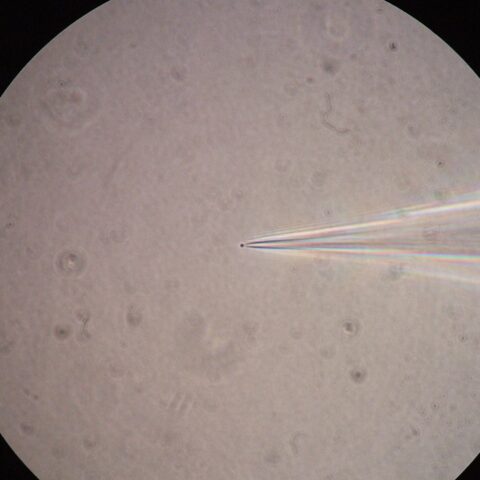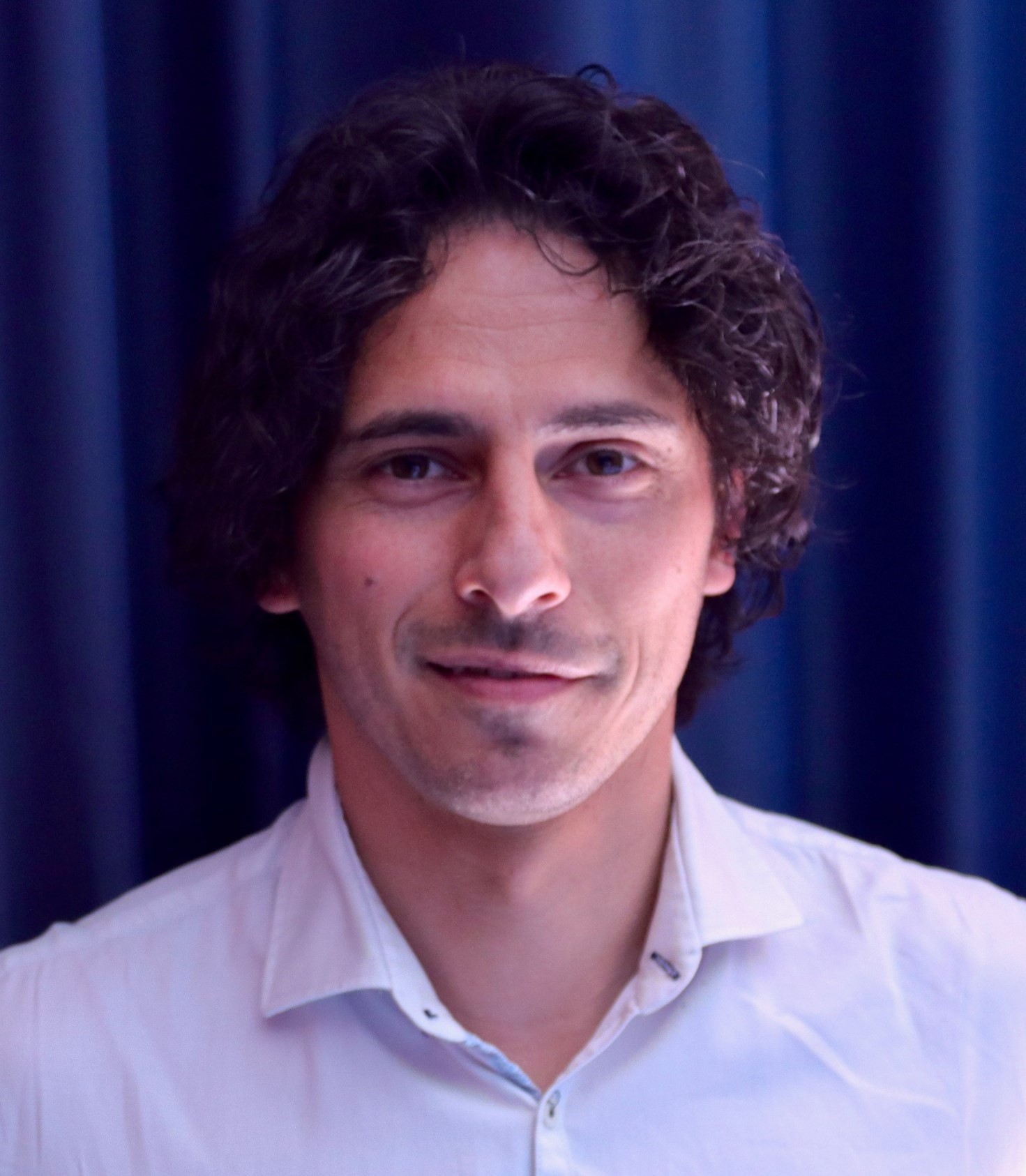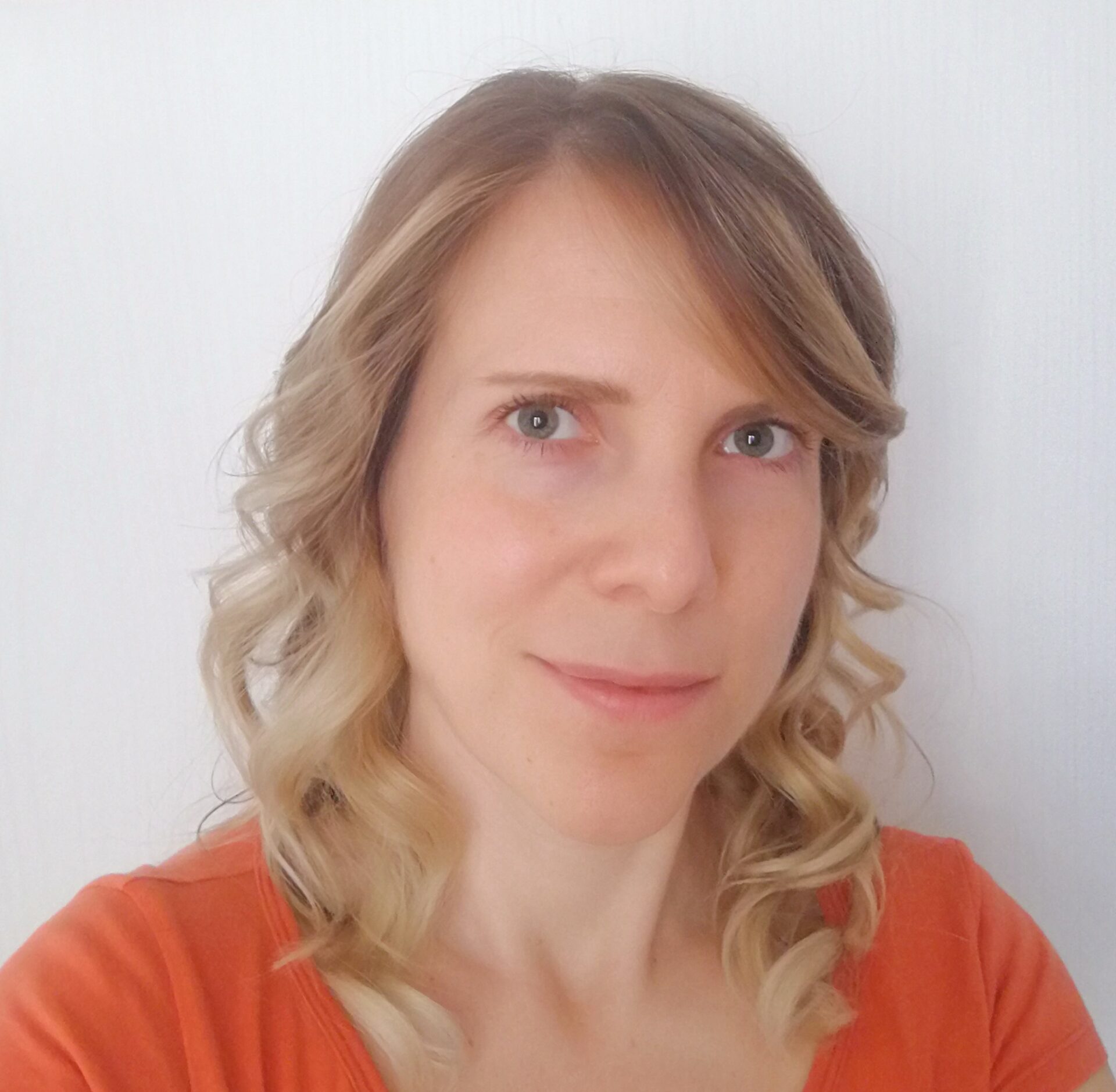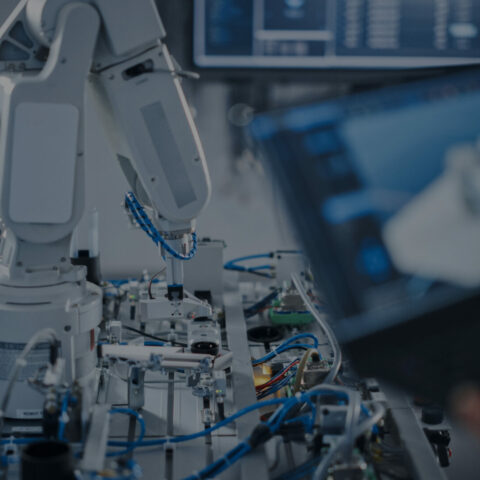
Location: Istituto di BioRobotica – Scuola Superiore Sant’Anna
Lab head: Prof. Leonardo Ricotti
Contact: info@lab.it
Lab Team

Leonardo Ricotti
Full Professor
Istituto di Biorobotica

Federica Morani
Technician
Istituto di Biorobotica
Lab Mission
This facility aims at developing and testing bioartificial organs and tissues, bio-hybrid technologies for robots and implantable devices and functional biomaterials. It also aims at performing biocompatibility/immunogenicity tests. The facility will allow pursuing scientific applications at the edge of the state of the art concerning the coupling between synthetic and biological elements.
Devices

3D Bioprinter
REGENHU R-GEN 200: a versatile platform for producing engineered tissues through extrusion-based bioprinting
This machine enables the controlled fabrication of heterogeneous 3D structures based on different biomaterial types (included hydrogels), with the possibility to embed living cells in them, guaranteeing the biofabrication process in sterile conditions. As a result, complex 3D tissues composed of different biomaterials and different cell types can be obtained, for tissue engineering and regenerative medicine purposes.
Data sheet: download
Additional Information: download
Note: The machine requires the technical personnel presence

Confocal Microscope
Leica STELLARIS 5 LIAchroic DMi8 Confocal Microscope: a completely re-imagined core system for confocal microscopy in terms of quality of images and quantity of information generated
Stellaris 5 enables fluorescence imaging and optical sectioning of live or fixed cells or/and 3D specimens. The Power HyD-S detectors provides higher photon detection efficiency, extremely low dark noise, and sensitive spectral detection from 410 to 850 nm. A smart user interface guides you through your experiment set up and acquisition in an easy and intuitive manner.
Data sheet: download
Additional Information: download
Note: The machine requires the technical personnel presence

Multiplex array reader
Bio-Rad Bio-Plex 200 System: suspension array reader to analyze up to 100 biomolecules in a single sample
The Bio-Plex 200 system is a flow cytometry–based instrument with 2 lasers and associated optics to measure different molecules bound to the surface of beads on the same sample. Fluorescence data are efficiently managed by a high-speed digital signal processor. The concentration (pg/ml) of analyte bound to each bead is proportional to the median fluorescence intensity of reporter signal.
Data sheet: download
Additional Information: download
Note: The machine requires the technical personnel presence

BIO-NANOINDENTER
Anton Paar UNHT³ Bio: nanoindentation tester for characterizing the mechanical properties of soft biological materials
Bioindenter measures local mechanical properties of soft and biological samples, combining instrumented indentation with the requirements for testing of soft polymer and biological samples, in dry or liquid conditions. Bioindenter has a wide range of indenters, comes with integrated Hertz model analysis commonly used for soft samples, and is an ideal tool if you are studying time-dependent properties such as creep or viscoelasticity.
Data sheet: download
Additional Information: download
Note: The machine requires the technical personnel presence

NANOINDENTER
Hit 300: nanoindentation tester for characterizing the mechanical properties of materials
Simple-to-use, robust nanoindentation instrument Hit 300 is a premium yet highly affordable nanoindentation instrument with a self-explanatory interface. The integrated active anti-vibration damping and a unique two-laser targeting system make it accurate to <1 mm in all environments.
Data sheet: download
Additional Information: download
Note: The machine requires the technical personnel presence

Epifluorescent Microscope
Leica DMi8 Inverted Epifluorescent Microscope
Fluorescent microscope with a 5, 10, 20 and 40x LWD objectives, phase contrast and DAPI, FITC and TRITC filters.

Refrigerated benchtop centrifuge
Sigma 3-16KL centrifuge
The Sigma 3‑16KL has a high-performance, precisely adjustable refrigeration system with a swing-out rotor up to 4500 rpm, and a temperature range of -10°C to +40°C.

Refrigerated microcentrifuge
Sigma 1-14K centrifuge
The Sigma 1-14K is a compact refrigerated centrifuge with a fixed angle rotor up to 15000 rpm at +4°C.

Thermocycler
Qiagen Rotor-Gene Q
Real-time PCR cycler

Multimode microplate Reader
PerkinElmer Victor NIVO
The VICTOR Nivo system is a high-performance filter-based multimode microplate reader equipped with all major detection technologies: Absorbance, Luminescence, Fluorescence intensity, Fluorescence polarization, Time-resolved fluorescence, Alpha. For absorbance measurements there is a choice of either a filter- or a spectrometer-based system. With the spectrometer-based plate reader, full spectrum absorbance measurements are ultra-fast – 230 to 1000 nm at selectable resolutions (2.0 nm, 5.0 nm, 10 nm) in less than 1 second per well.

Microvolume UV-Vis Spectrophotometer
Thermo Scientific NanoDrop™ One/OneC
Application: Nucleic Acid A260, A260/A280, A260/A230 and Labeled Nucleic Acids;, Protein A280 and A205, Protein Pierce 660, Protein Bradford, Protein BCA, Protein Lowry, Labeled Proteins,
OD600, Kinetics, UV-Vis, and Custom Methods.
Detection range: dsDNA: Pedestal: 2.0 ng/μL, Cuvette: 0.2 ng/μL,
BSA (IgG): Pedestal: 0.06 (0.03) mg/mL, Cuvette: 0.006 (0.003) mg/mL.
Wavelength Range: 190 to 850 nm. Wavelength Accuracy: ±1 nm.
Sample Volume (Metric): Minimum 1μL

Class II (Type A2) Microbiological safety cabinet
Workstation 1

Class II (Type A2) Microbiological safety cabinet
Workstation 2

Class II (Type A2) Microbiological safety cabinet
Workstation 3

Class II (Type A2) Microbiological safety cabinet
Workstation 4

Class II (Type A2) Microbiological safety Small cabinet
Workstation 5



